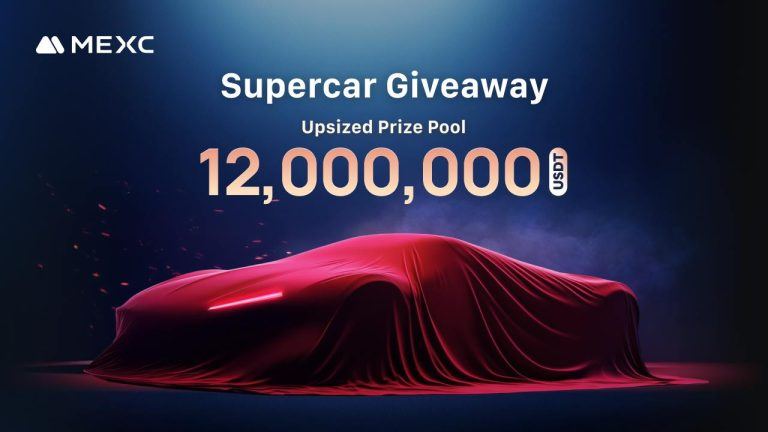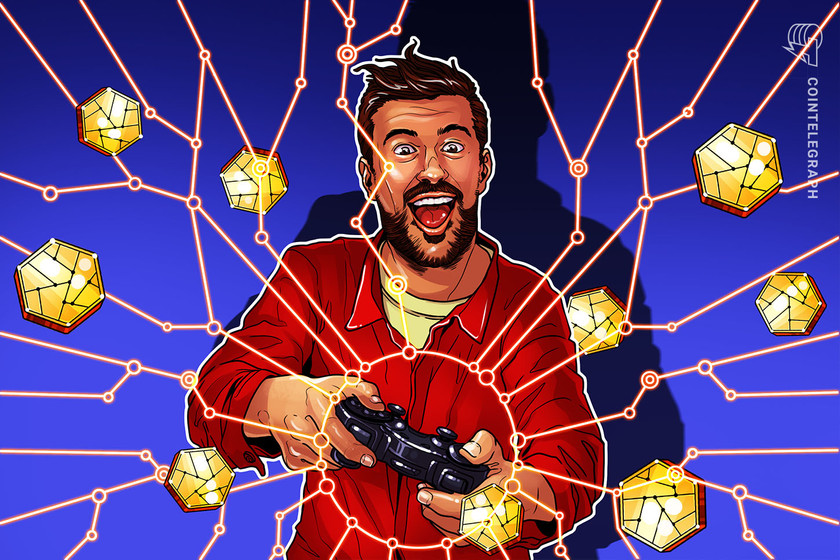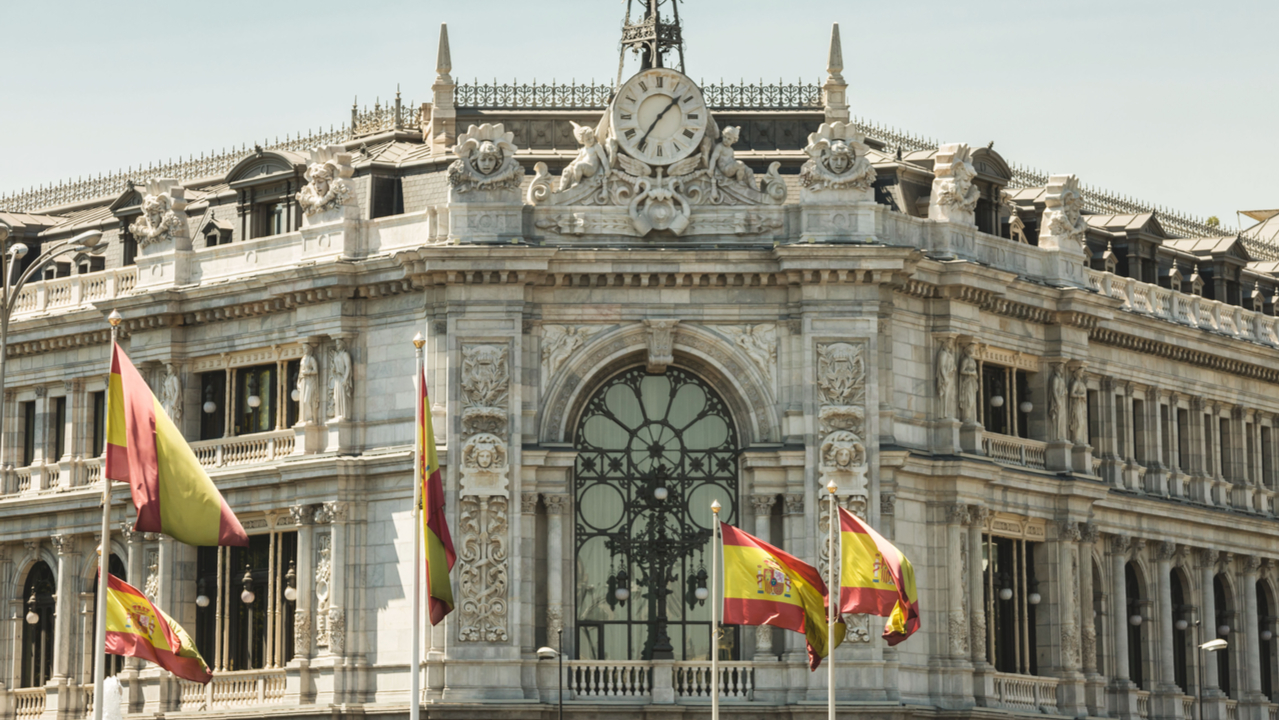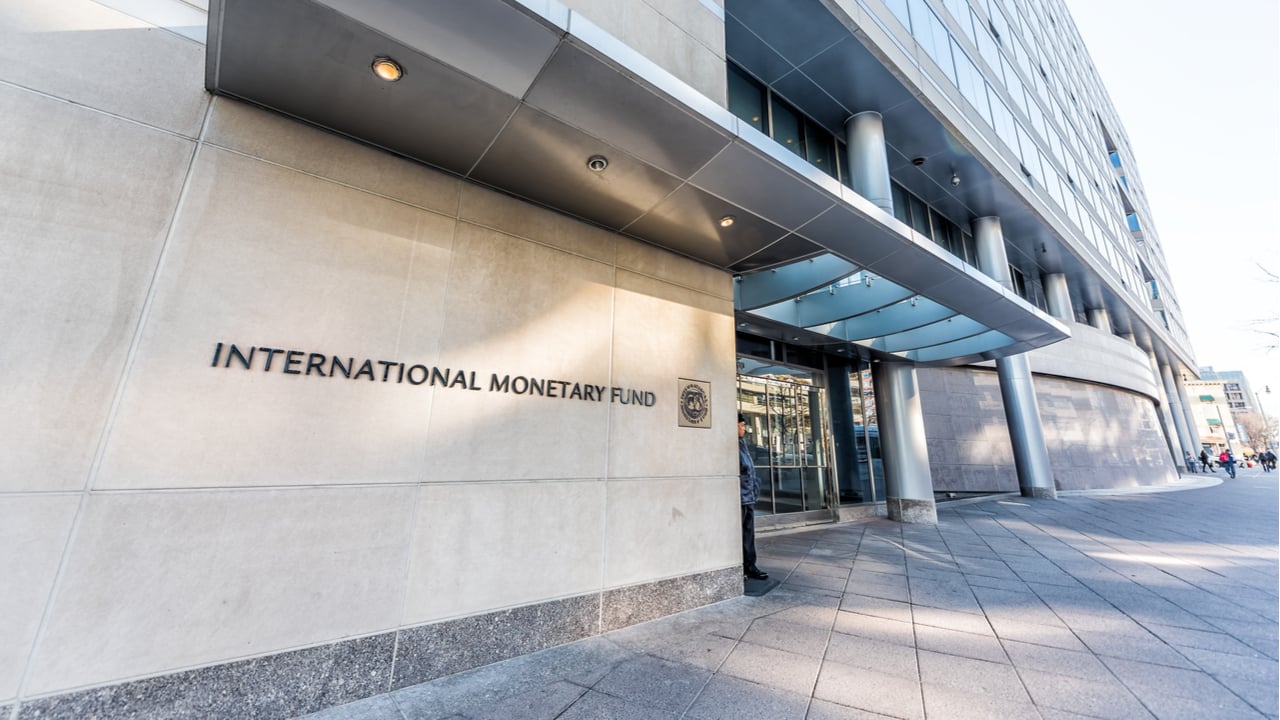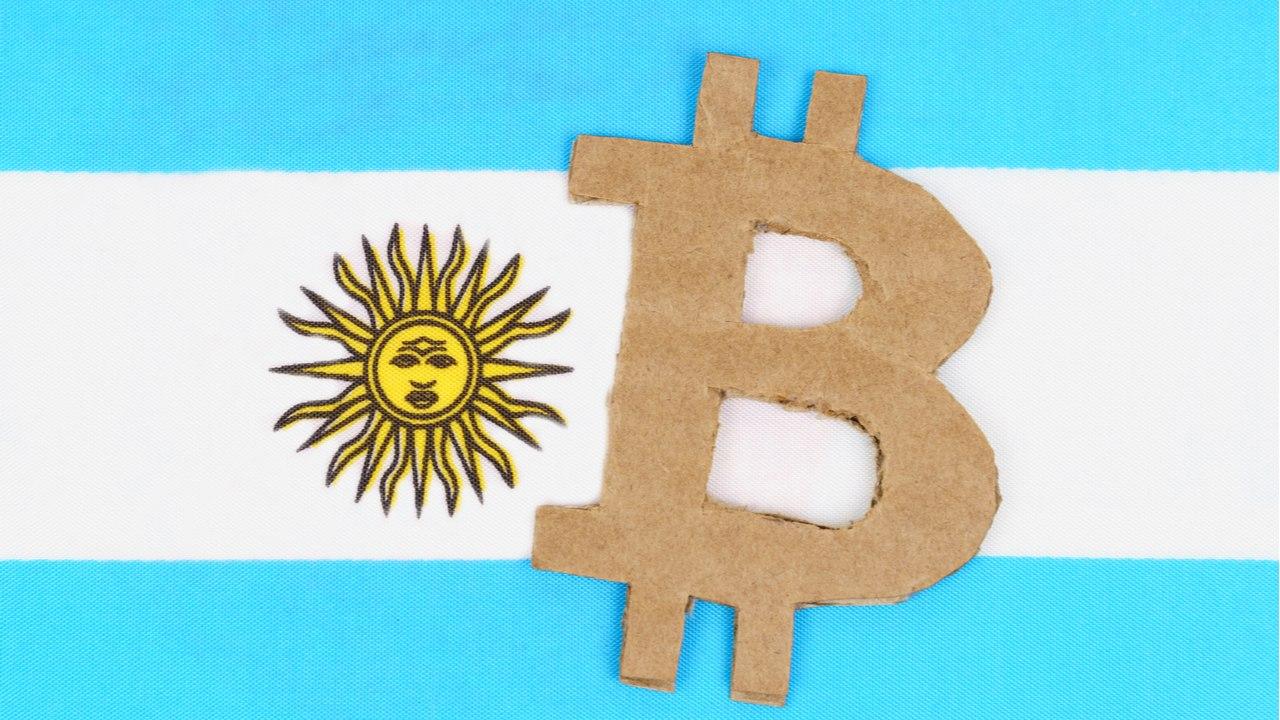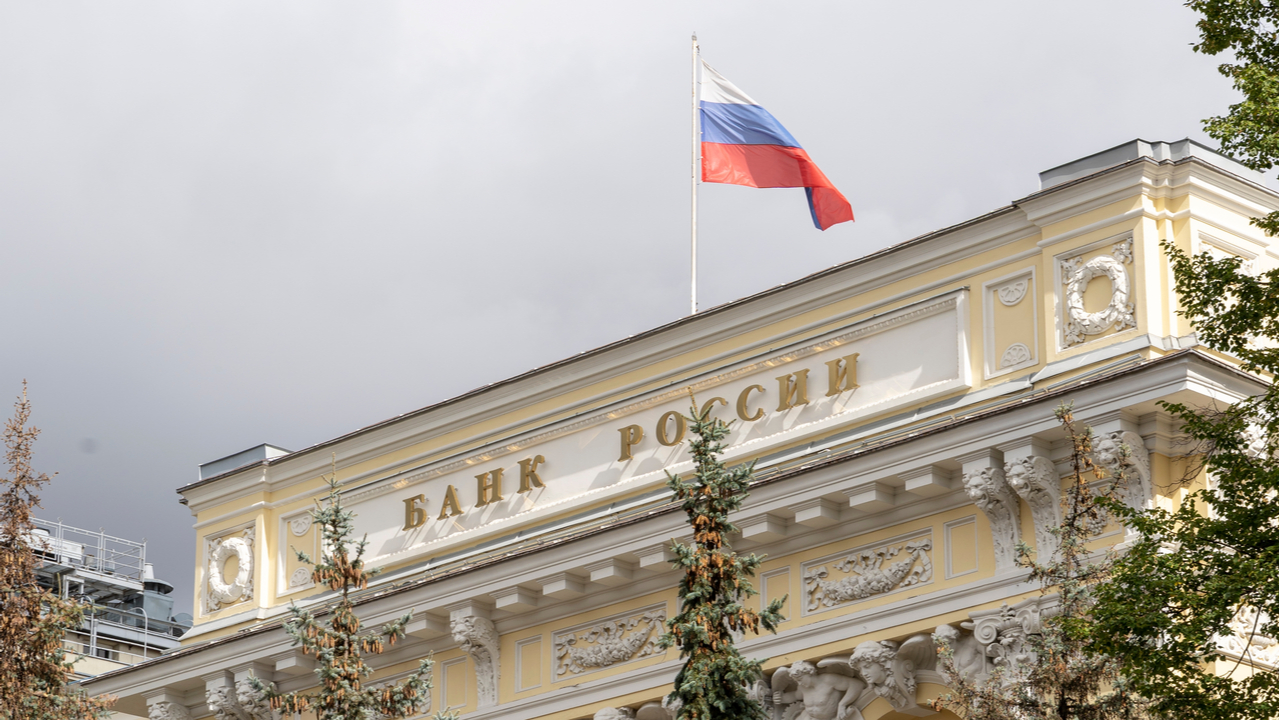
Despite sporadic market conditions NFT collectors are on track to spend more on NFTs in the first half of this year than in all of 2021.
Collectors of non-fungible tokens (NFTs) have already sent more than $37 billion in value to NFT marketplaces this year (as of May 1), a figure that nearly exceeds the total amount in all of 2021.
According to a report from Chainalysis, investors sent $40 billion worth of cryptocurrency to smart contracts associated with NFT collections and marketplaces throughout 2021.

Since the beginning of last year, NFT transaction volume has grown considerably, but the overall growth of the industry has been inconsistent.
The report outlines that NFT transaction volume occurs sporadically, and has been in a downturn since mid-February. The NFT market has since made a brief recovery as of mid-April — most likely due to the recent hype around Moonbirds and the Bored Ape Yacht Club’s metaverse project, Otherside.
Despite the short-term fluctuations in NFT transaction volume, the number of people around the world buying and selling NFTs remains strong, with 950,000 unique addresses buying or selling NFTs in Q1 2022.
As of May 1, Q2 2022 491,000 unique addresses have transacted with NFTs, putting the market on track to continue its growth trend in the number of participants.
By analyzing the web traffic of the major NFT marketplaces, Chainalysis determined that NFTs attract users from all corners of the globe, with Central and Southern Asia leading the charge, followed closely by North America and Western Europe.

Related: The NFT sector is projected to move around $800 billion over next 2 years: Report
The report contradicts the conclusion of a recent article published by the Wall Street Journal, which claimed that NFT sales were flatlining. The article stated that “The NFT market is collapsing,” yet, in the same week the top five NFT collections alone accounted for more than $1 billion in primary and secondary sales.
Chainalysis’ report also comes the day after Coinbases’ launch of its in-house NFT marketplace failed to generate any major interest. On-chain data showed that a mere 150 transactions occurred on May 4 — the first day of trading — with just $75,000 in volume moving through the platform.
